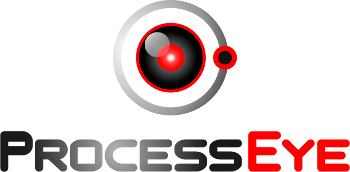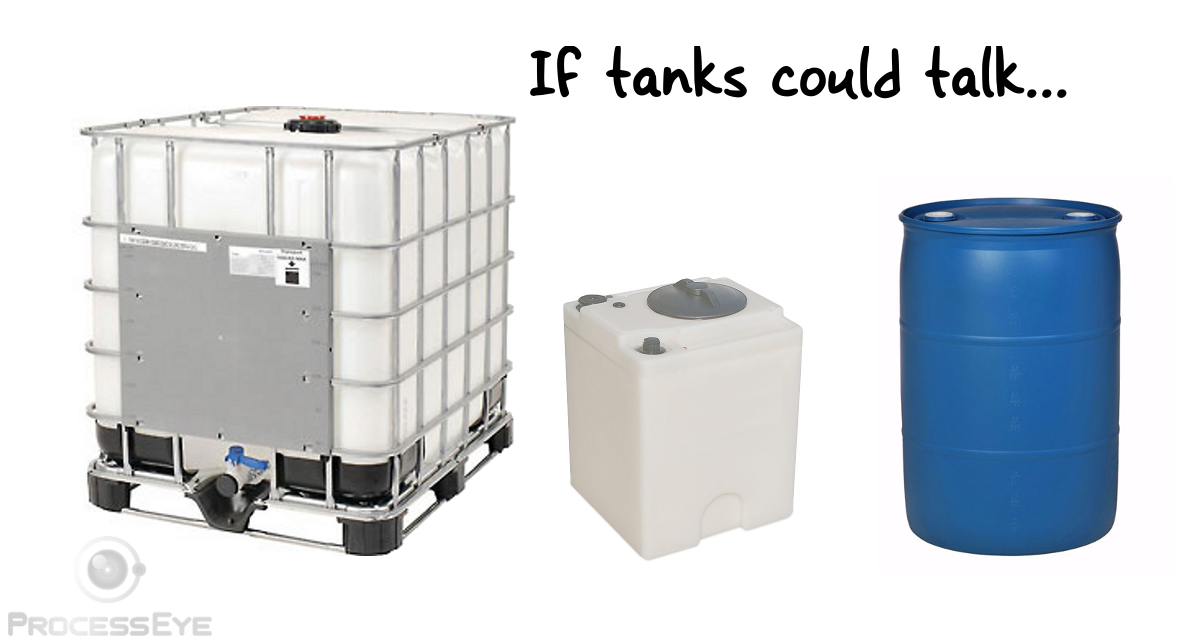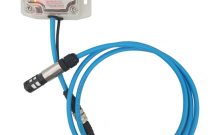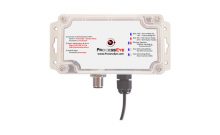Anyone involved in the chemical treatment industry understands a life consisting of, among other things, running from account to account “servicing” them by testing their systems, evaluating logs, inspecting equipment, etc. One of the primary purposes of “service” has been to record the inventory levels of each product to make sure that customers are properly stocked in order to prevent running out and compromising their systems (and in turn their impression of the service organization). Most can relate to pains associated with the calls and headaches that occur on a Friday afternoon, or worse yet over the weekend, when a customer ran out either due to oversight by operations personnel or a system upset that had gone unnoticed. The amount of time that can be spent dealing with inventory management can be extraordinary.
From an operations standpoint, there is no visibility into usages of various products by location and as a result “rushes” are the norm. Minimal lead times, minimal raw materials, minimal production and delivery staff causes stress on the organizations. Urgent business processes have become the norm, leaving little time for more value-add activities.
From a sales management standpoint there is no good way to forecast revenue numbers, and management consists of looking in a 30-60-90 day rear-view mirror. Products are being replaced by competitors’ products without even knowing, and before the incumbent realizes it they have lost the business. Sales personnel and management are left wondering what happened and attrition rates cut into new sales numbers.
“A tank can be monitored for as little as $9/month with no capital.”
Yet with all of the pain, inefficiencies and negative impact to net-income, service-based organizations continue to look to customers to pay for solutions that really benefit the service-based organization. At the end of the day customers expect a service provider to manage inventory. Leading companies are realizing the significant internal benefits associated with inventory management.
Why does the industry not do something different? The answer is most likely due to 3 reasons.
1. Lack of Perceived Value
The common perception, by upper-level management, is inventory management is the sales force’s responsibility. Traditional inventory management techniques only give the local sales personnel insight into their territory’s status (assuming the rep even drills down into some website to find what they are looking for). So that is where the value has stagnated…at the rep level to maybe make their life a little easier. There hasn’t been a means to have a holistic organizational view of the company’s assets. Supply chain, manufacturing, delivery, sales management, etc. have never been afforded the ability to have visibility into usage rates and real-time levels to be able to proactively plan and minimize costs, time and attrition rates.
2. Too Complicated
Anyone that has tried to deal with installing, configuring, getting the data, etc. realizes that the existing infrastructure to do so is cumbersome and nearly impossible for the majority of field personnel. As such, there is a resistance to adoption because of the pain encountered on the front end with installation and set-up. If a technology solution for inventory management is to be adopted, it needs to be simple for the people in the field.
3. Cost
Most systems are controlled by old or limited functionality controllers. If a company wanted to implement an inventory management solution it would normally require an expensive upgrade to the controls systems to accept new signals. This is on top of the already expensive level sensors.
“…customers expect a service provider to manage inventory.”
We are proud to offer our LevelEyeTM solution that looks to address the challenges outlined above. Recognizing that simplicity and reliability are key, our LevelEyeTM. Field personnel simply need to plug in the device and drop the sensor through a 1″ or larger opening in the top of the tank and let it fall to the bottom. There’s no need to worry about tank sidewall clearances, wiring, calculation/conversion factors, etc.
There are a couple things we’ve done to address the cost. The first is our RemoteLobesTM are stand-alone and don’t require any controller to be present to incorporate the level sensing technology. As a result and system can be monitored, regardless of existing infrastructure. The second is our upcoming roll-out of our Managed Asset program where we do everything…we provide the equipment, warranties, back-end data logging, alarming and automatic reporting for a fixed monthly fee. A tank can be monitored for as little as $9/month with no capital. Our customers don’t need to worry about engaging hardware or software development companies and the costs and timelines associated with that.
Finally the most important aspect, enabling company-wide business intelligence (BI). Each tank can have user-independent alarm thresholds so maybe an organization would like customer service representatives to get an email notification for their regions when an inventory level falls to < 30% and they can reach out to a field representative or customer to see if a reorder should be placed before it becomes a rush situation. The rep and customer can get involved in the low value, high pain inventory management only when necessary. In addition to the user-specific alarm set-points, each tank can have over 50 different fields populated to segment the readings for the appropriate scenario. Purchasing can get a report emailed to them on a daily basis of the current tank levels or maybe a production manager gets an email report on a monthly basis for tanks that rely on that production facility for manufacturing. Logistics can get a daily report of tanks so they can have visibility into potential tanks by a planned route that could be refilled. They could then move from the reactive mode to the proactive mode and ask if the rep or customer would like a tank to be refilled while they are in an area, saving both the organization and customer additional delivery fees. These reports are delivered on a silver platter to our users’ email inboxes at the frequency they desire. No need to have someone running a suite of reports manually.
We are confident that our LevelEyeTM program will change how the industry services its customer base by improving customer satisfaction, reduce attrition, reduce internal stress and deliver significant returns to their net income.






